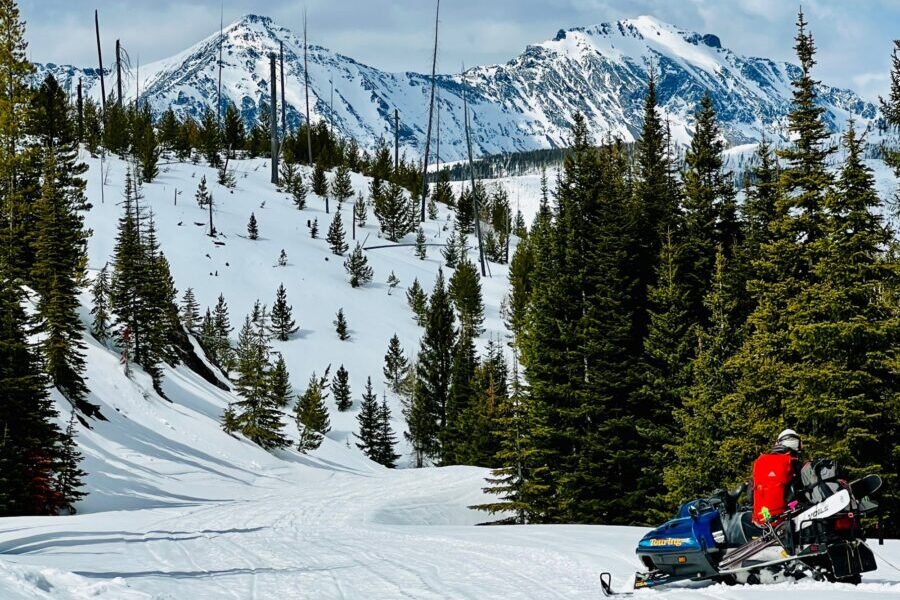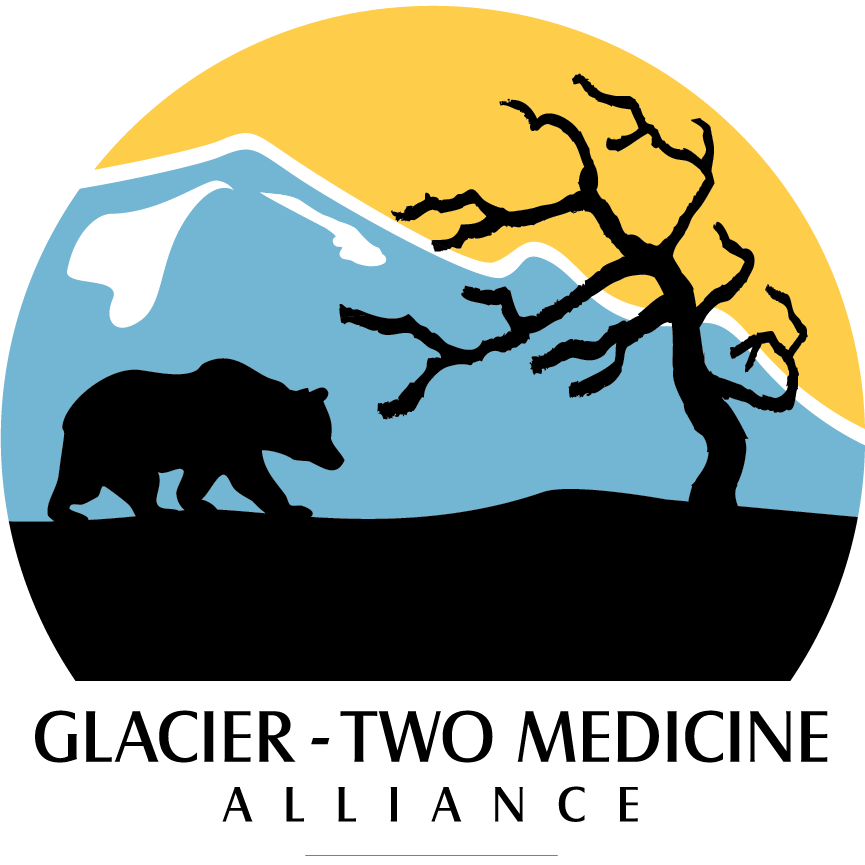Comment on the Flathead National Forest’s proposed changes to winter travel and management of recommended wilderness
The Flathead National Forest has proposed a suite of changes to its winter travel management as well as how it manages recreational use and forest restoration projects in recommended wilderness. The proposal would open 12,588 acres across the forest to snowmobiles, while closing 12,258 acres. It would also close all trails in recommended wilderness to motorized or mechanized travel. However, it would authorize the Forest Service to use mechanized or motorized vehicles for forest restoration projects in recommended wilderness.
In our view, the proposal is a good start, but it could do more to limit recreational impacts to wildlife, especially in winter, like lynx, grizzly bears, or wolverines, to safeguard quiet recreation and natural soundscapes, or to protect wilderness, ecological, or cultural values across the forest and in the Badger-Two Medicine.
Please comment on the proposed changes by the May 6th deadline.
Ask the Flathead National Forest to do more to protect wildlife, quiet winters, and wilderness character.
How to Comment on the Proposed Changes:
Comments due Monday, May 6th
Suggested talking points are below
Comment by mail, or hand deliver to:
Anthony Botello, Forest Supervisor
ATTN: Gary Blazejewski
Flathead National Forest Supervisor’s Office
650 Wolfpack Way
Kalispell, MT 59901
How to Access More Information about the Proposed Action
The draft environmental assessment and supporting documents are available on the Flathead National Forest’s website. https://www.fs.usda.gov/project/flathead/?project=61460
Thank you for taking time to comment!

Suggested Talking Points
We suggest you include the following points in your comments. For greatest effectiveness, please personalize your comments and keep them specific to the proposed actions.
Tell the Forest Service you support
- The proposed closure of recommended wilderness to motorized use and mechanized travel.
- The proposed use of trailheads or other clear geographical features rather than recommended wilderness boundaries to demarcate changes in allowable modes of travel, as these points are more intuitive for users and easier to enforce.
- The proposed winter closure of the route up Puzzle Creek in the Skyland Challenge snowmobile area as this will limit illegal riding in the Badger-Two Medicine and protect mountain goats and other wildlife. However, the new boundary should be near the Morrison Creek bridge where the warming hut and bathrooms are located as this will be a more effective, intuitive, and enforceable boundary.
Ask the Forest Service to please:
- Include adaptive closure mechanisms to allow late-season snowmobile areas to close early if minimum snow depths are reached (protects vegetation, water, and soils), or if grizzly bear sows with cubs are out of their dens in the area.
- Conduct a finer-scale analysis of potential impacts to lynx and wolverines. The current forest-wide scale ignores potential loss of secure foraging areas, connectivity, and denning habitat.
- Not open the Marias Pass zone of the Skyland Challenge snowmobile area all the way to the divide without a clear plan to prevent illegal riding in the Badger-Two Medicine.
- Clarify in the proposed forest plan amendment that it is not acceptable for the Forest Service to use ground disturbing motorized or mechanized vehicles to conduct forest restoration work in recommended wilderness. Handheld equipment like chainsaws are okay.
Background
According to the Forest Service, the purpose of this project is to align winter travel and travel in recommended wilderness with the direction provided in the Flathead National Forest’s revised forest plan (2018). The revised forest plan determined that certain areas of the forest currently closed to over-snow vehicles could be opened, while some currently open areas are no longer suitable for winter motorized recreation and should be closed. The revised forest plan also determined that all trails in recommended wilderness should be closed to motorized and mechanized travel to protect their wilderness character.
The forest plan itself did not make any actual changes to travel management, it simply provided direction. The proposal now out for public comment provides the site-specific assessment and determination of what, if any routes or areas, should be open or closed to motorized and mechanized travel.
At the same time, this project also proposes to amend the Forest Plan to allow the Forest Service to conduct intensive forest restoration work in recommended wilderness using motorized and mechanical equipment, including vehicles, helicopters, and chainsaws. According to the Forest Service, this change is needed to facilitate active whitebark pine restoration, including through prescribed fire.
The Forest Service originally announced this project and conducted public scoping in the winter of 2022. The Forest Service expects a draft decision, followed by an objection period (only for people who comment now!), later this summer with a final decision by the end of the year.
Our View
In our view, the proposed closures will help protect sensitive wildlife species and natural sounds, limit conflicts between recreational users, and ensure recreation is compatible with the ecological and cultural values of the Badger-Two Medicine or recommended wilderness areas. While opening some additional acreage to snowmobiles may be warranted, some of the areas slated to be opened in the Skyland Challenge or the Whitefish Range deserve closer scrutiny. Many of the proposed openings occur in prime lynx habitat, near suitable maternal wolverine den locations, or allow late season snowmobiling when grizzly bears are increasingly likely to be out of their dens. We also have concerns about likely conflicts with other recreational users and compliance with the new boundaries.
In regards to the Forest Service’s proposal to grant itself an exemption to restriction on motorized use and mechanized transport in recommended wilderness, the requested change simply provides too much discretion and unnecessarily compromises other important wilderness values. The Forest Service can and should accomplish this work without the use of ground disturbing motorized or mechanized vehicles and equipment.
Thank you for taking time to comment. Your comments will help protect wildlife and other key forest resources and values while ensuring shared public enjoyment of these national forest lands.
Questions? Want more information? Please email Peter Metcalf at peter@glaciertwomedicine.org
Please share this alert via email, Facebook, Linkedin, or X
